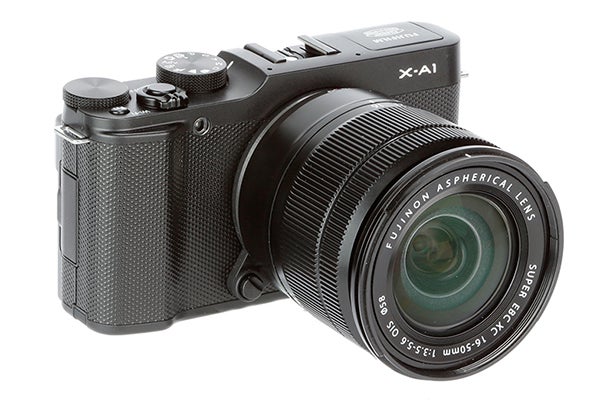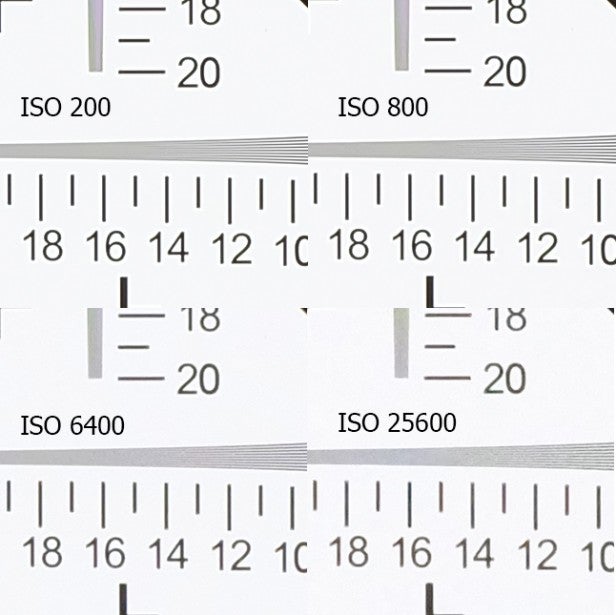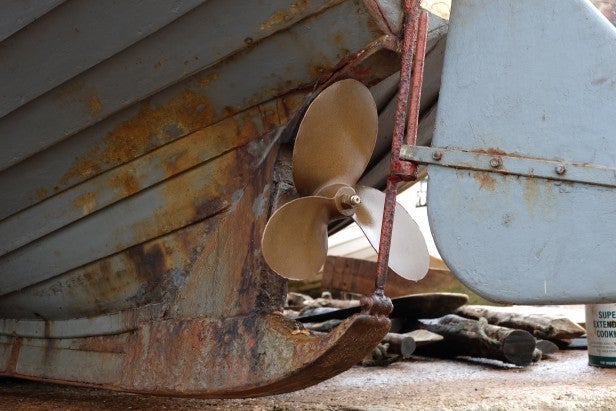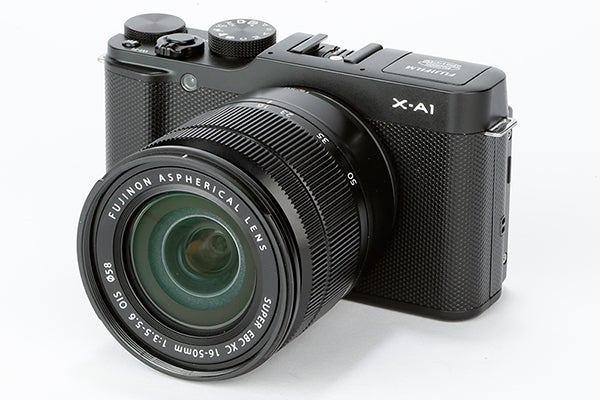Fujifilm X-A1 Review - Image Quality and Verdict Review
Image Quality and Verdict
The best ISO performance on any CSC for £500

Sections
- Page 1 Fujifilm X-A1 Review
- Page 2 Design & Performance Review
- Page 3 Image Quality and Verdict Review
Fujifilm X-A1: Image Quality
With the change of the Fujifilm X-A1 X-A1’s sensor from an X-Trans CMOS to a standard Bayer pattern chip, you could be forgiven for having some reservations as to the image quality performance of the camera ahead of its stablemates.

The good news is that such reservations are largely unfounded, and the X-A1 delivers some excellent image quality results with several particular highlights.
One such area is in the handling of noise at higher ISO settings. There’s very little noticeable noise up to ISO 3200, and even at the next setting of ISO 6400 noise is still noticeable by its relative absence.
At the two extended ISO settings of ISO 12,800 and 25,600 noise does become more visible, although even then the noise takes on a textured effect much like film grain and lacking almost entirely in colour noise.
This noise performance marks the X-A1 as one of the very best performers in its class in this regard – a serious selling point for anyone who values good noise control above all else.

1/40 sec @ f/5.3, ISO 100, AWB; XC 16-50mm F3.5-5.6 OIS (Click here for full-res)
Although the 16MP sensor isn’t the highest resolution available, and despite the presence of the anti-alias filter in comparison to an X-Trans sensor, the X-A1 delivers impressive detail. Indeed, the sharpness of the Fujifilm lenses and the camera’s impressive image processing combine to deliver a level of detail some way ahead of expectations.

1/300 sec @ f/5.6, ISO 200, AWB; XC 16-50mm F3.5-5.6 OIS (Click here for full-res)
The exposure system is also reliable, delivering good results in most conditions and only really presenting issues when the exposure compensation dial is accidentally knocked.
There is a slight grievance with the X-A1’s dynamic range, however. When shooting just JPEGs, images can appear slightly murky with restricted detail appearing in the shadows. However, this is an issue that can be circumvented through shooting Raw files, which deliver a good two stops extra with regards to dynamic range.

1/75 sec @ f/3.5, ISO 100, AWB; XC 16-50mm F3.5-5.6 OIS (Click here for full-res)
Colour rendition is another pleasing area of the camera’s performance, as the X-A1 delivers a good balance even in more troubling shooting conditions. Better still, the host of Fujifilm simulation modes allow for personal preference should you require a different feel to your images.

Should I buy the Fujifilm X-A1?
At around £500 with a kit lens at time of review, the Fujifilm X-A1 is certainly up against some stiff competition with regards to fellow CSCs.
It fares well in comparison to these models however, and while it’s not as small as say the Samsung NX2000, or as simple to use as the Olympus E-PL5, there’s no denying that it delivers on image quality ahead of such cameras.
One point of note is that the accompanying optics of the X series are more expensive than rival mounts, and as such putting together a system would prove a costly exercise. However, if image quality is your main concern then you should give some serious consideration to X-A1.
Verdict
The Fujifilm X-A1 delivers an excellent standard of image quality, is an attractively designed camera and has a strong level of performance. While the lenses in the X series might not be the cheapest on the market, the X-A1 is well worthy of consideration in the entry-level CSC market.
Next, read our in-depth cheap compact system cameras group test
Trusted Score
Score in detail
-
Value 8
-
Design 8
-
Features 7
-
Image Quality 8
-
Performance 8

